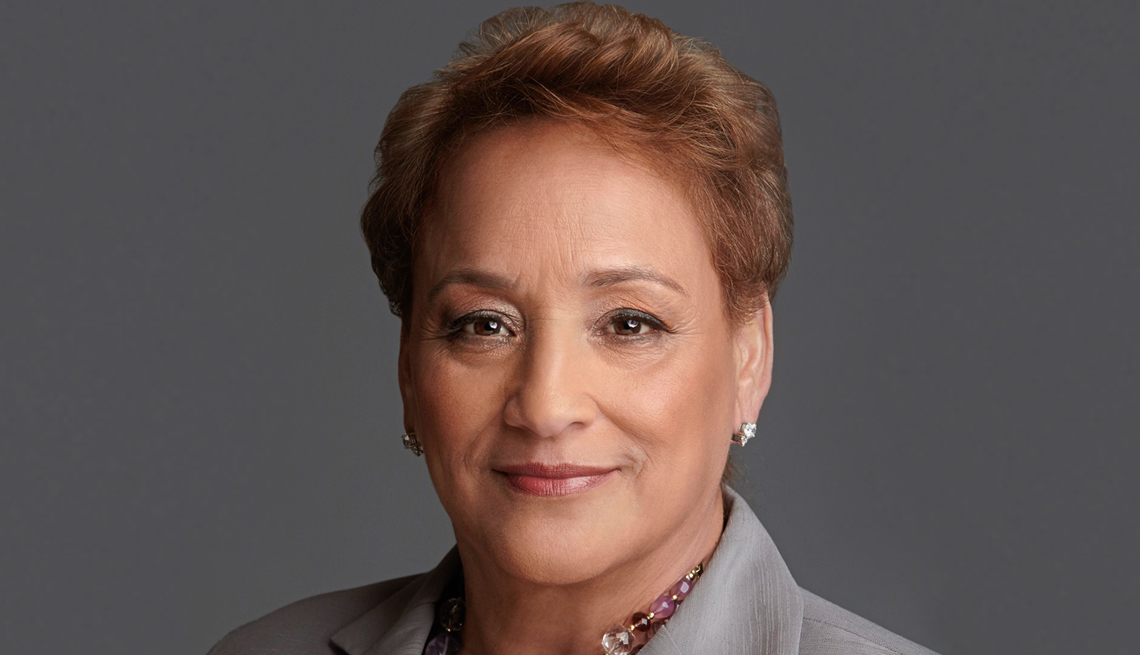
AARP-National Geographic Aging Study Shows Us Where Action Is Needed
- Select a language for the TTS:
- UK English Female
- UK English Male
- US English Female
- US English Male
- Australian Female
- Australian Male
- Language selected: (auto detect) - EN
Play all audios:
By:
Jo Ann Jenkins,
AARP En español Published June 06, 2022 Jo Ann Jenkins Photo by Timothy Greenfield-SandersIt’s hard to amaze our AARP research team, which is one of America’s top repositories of knowledge related to aging. That is why we are so excited by the AARP–National Geographic “Second
Half of Life Study.”
It is packed with insights that cut against much of the conventional wisdom about aging in America.
For the study, more than 2,500 Americans answered deep questions about their lives and hopes. Their answers reveal that many negative beliefs about aging are not only incorrect but also
nearly opposite of the truth. “Most people are optimistic about aging and do not see it as a bad thing,” notes Debra Whitman, AARP’s chief public policy officer. “People in their 70s and 80s
are uplifting examples of resilience because they become more realistic about the changes that happen and are more likely to be happy.”
But research is useful only if it leads to positive change. As CEO of AARP, I’ve been on a mission to disrupt aging — to challenge outdated stereotypes and attitudes and to find new
solutions that help people live better as they age. Here are some of the changes we at AARP hope this report can help spark.